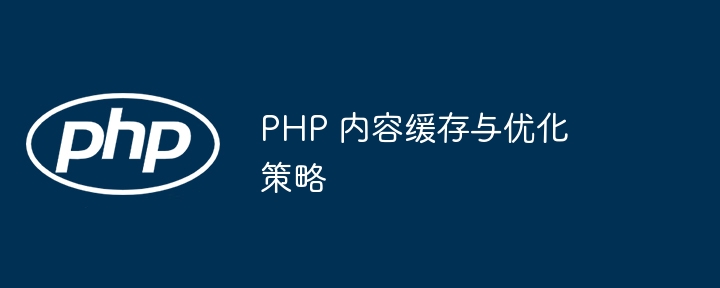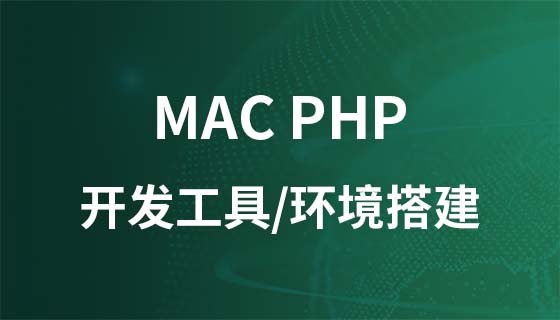內容快取可最佳化 PHP 網站回應時間,推薦策略包括:記憶體快取:用於快取變數,如 MySQL 查詢結果。檔案系統快取:用於快取 WordPress 貼文等內容。資料庫快取:適用於購物車或會話等經常更新的內容。頁面快取:用於快取整個頁面輸出,適合靜態內容。

PHP 內容快取與最佳化策略
隨著網站流量的增加,最佳化回應時間至關重要。內容快取是一種有效的方法,可以透過預先儲存已要求的頁面或內容來實現這一點。本文將討論 PHP 中的各種內容快取策略,並提供其實戰案例。
1. 記憶體快取
最快的快取層是在記憶體中。 PHP 提供了 apc_store() 和 apc_fetch() 函數,用於在 Apache 進程中快取變數。
實戰案例:
##在MySQL 資料庫查詢上實作記憶體快取:$cacheKey = 'my_query_results';
$cachedResults = apc_fetch($cacheKey);
if ($cachedResults) {
echo 'Using cached results...';
} else {
// Execute MySQL query and store results in memory
$cachedResults = executeMySQLQuery();
apc_store($cacheKey, $cachedResults, 3600);
echo 'Query results cached for 1 hour...';
}2. 檔案系統快取
如果記憶體快取無法滿足您的需求,您可以考慮使用檔案系統快取。 PHP 的file_put_contents() 和 file_get_contents() 函數可用來讀取和寫入檔案快取。
實戰案例:
將WordPress 貼文內容快取到檔案系統:$cacheFileName = 'post-' . $postId . '.cache';
$cachedContent = file_get_contents($cacheFileName);
if ($cachedContent) {
echo 'Using cached content...';
} else {
// Fetch post content from database
$cachedContent = get_the_content();
file_put_contents($cacheFileName, $cachedContent);
echo 'Content cached to file system...';
}3. 資料庫快取
#對於經常更改的內容,例如購物車或使用者會話,您可能想要使用資料庫快取。可以使用像 Redis 這樣的鍵值存儲來實現這一點。實戰案例:##在Redis 中快取購物車資料:
// Create Redis connection
$redis = new Redis();
$redis->connect('127.0.0.1', 6379);
// Get cart items from Redis
$cart = $redis->get('cart-' . $userId);
// If cart is not cached, fetch it from database
if (!$cart) {
$cart = getCartFromDatabase();
$redis->set('cart-' . $userId, $cart);
echo 'Cart data cached in Redis...';
}頁面快取是最極端的快取形式,它將整個頁面輸出儲存為靜態檔案。在 PHP 中,可以使用
ob_start() 和 ob_get_clean() 函數來實現這一點。
將整個WordPress 頁面快取到HTML 檔案:
ob_start();
// Generate page content
include('page-template.php');
$cachedContent = ob_get_clean();
// Write cached content to file
file_put_contents('page-' . $pageName . '.html', $cachedContent);
echo 'Page cached as HTML file...';#選擇最合適的快取策略取決於您的應用程式需求和內容類型。對於經常更改的內容,使用記憶體快取或資料庫快取可能是更好的選擇。對於靜態內容,頁面快取可能是理想的。
透過實作這些內容快取策略,您可以大幅提升 PHP 網站的回應時間。
以上是PHP 內容快取與最佳化策略的詳細內容。更多資訊請關注PHP中文網其他相關文章!

